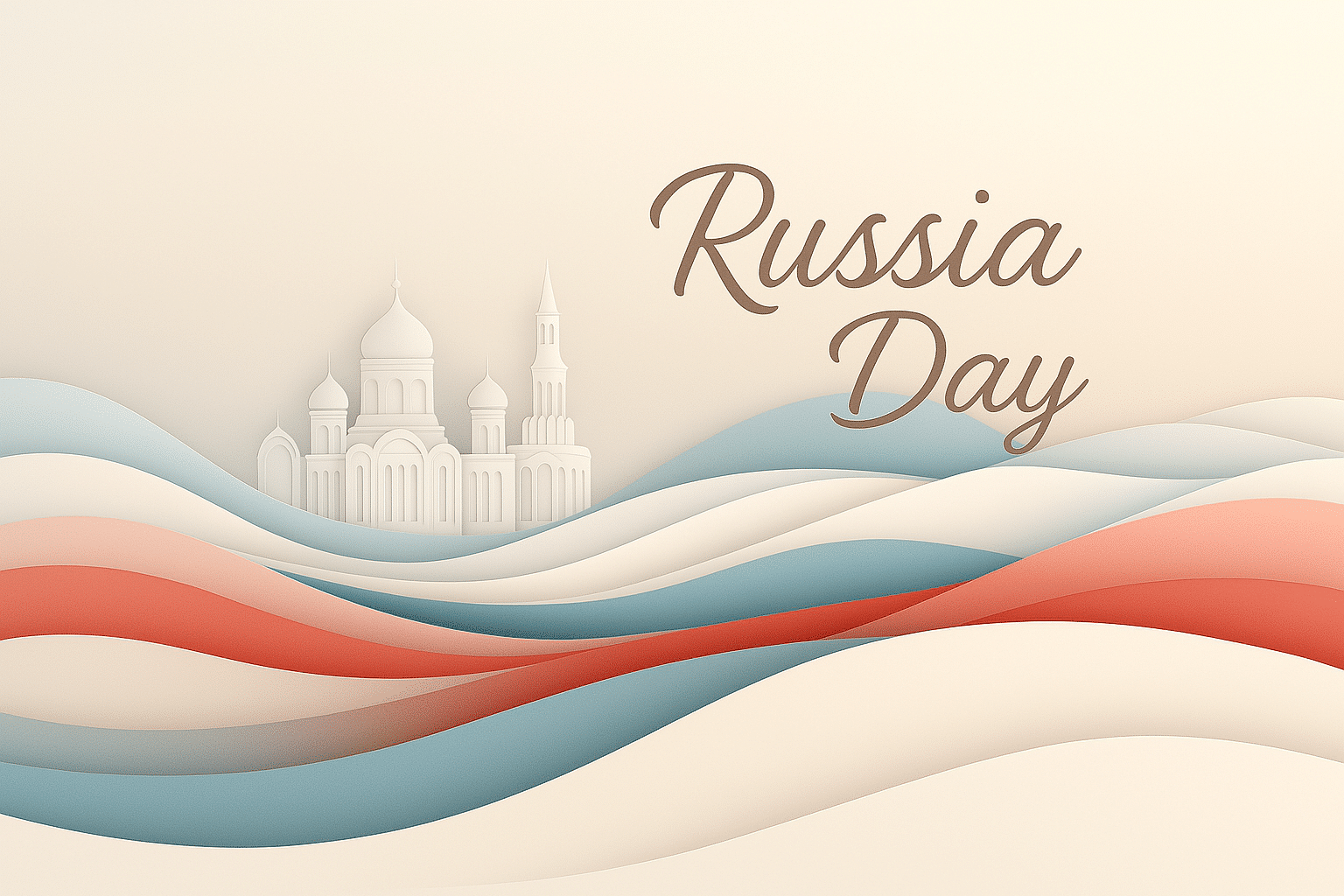What is Russia Day?
Russia Day is celebrated every year on June 12 across the entire Russian Federation. It marks the signing of the Declaration of State Sovereignty of Russia in 1990. This declaration was a major turning point in the country’s transition from a Soviet republic to an independent, modern state.
The day is a national holiday. It celebrates Russian identity, independence, and unity. Events take place in cities and villages alike. From concerts to ceremonies, the entire country uses this day to express national pride and reflect on its path since the end of the Soviet era.
History and Origin
On June 12, 1990, the Congress of People’s Deputies adopted the Declaration of State Sovereignty of the Russian Soviet Federative Socialist Republic. This declaration made Russian laws take precedence over Soviet laws and laid the groundwork for Russia’s future as an independent state. One year later, in June 1991, Russia held its first presidential election.
The day was officially declared a national holiday in 1994. At first, it was known by a longer name, but in 2002, it was renamed simply Russia Day. The name change helped shift the focus from political transition to national pride and celebration of Russian culture and achievements.
Who participates in Russia Day?
- Government Leaders: Lead official ceremonies, present national awards, and deliver public speeches.
- Citizens Across Russia: Attend events, share patriotic messages, and take part in public celebrations.
- Cultural Institutions: Organize concerts, exhibitions, and performances that honor Russian heritage.
- Students and Teachers: Use the day to explore the country’s political and cultural history.
- Public and Private Organizations: Decorate buildings and support local events with national themes.
Slogans and Themes
Russia Day is often associated with themes of unity, pride, and heritage. Common slogans include “Russia is Us,” “Together We Are Strong,” and “Our Country, Our Future.” Each year, speeches and events highlight progress, strength, and the value of national identity. The tone is celebratory but also reflective.
Colors, Symbols and Patterns
Colors:
- White: Symbolizes peace and honesty, taken from the national flag.
- Blue: Represents loyalty and stability.
- Red: Stands for strength and courage.
Symbols:
- Russian Flag: Displayed in homes, public buildings, and during every official event.
- Double-Headed Eagle: Russia’s national emblem, representing sovereignty and unity.
- Kremlin Silhouette: Often used in decorations, highlighting national power and history.
Patterns:
- Folk Embroidery: Traditional patterns used in costumes and stage decorations.
- Firework Bursts: Designed in red, white, and blue to echo the flag.
- Circular Logos: Representing unity and continuity in national imagery.
Most Used Hashtags
- #RussiaDay
- #ДеньРоссии
- #June12
- #RussianUnity
- #NationalPride
How do you celebrate Russia Day?
- Watch a Public Ceremony: Attend or view flag-raising and award presentations held in major cities.
- Join Local Events: Take part in music festivals, historical exhibitions, or street fairs.
- Display the Flag: Hang the Russian flag at home, in cars, or at businesses to mark the occasion.
- Enjoy a Fireworks Show: End the day by watching fireworks in city centers or on television.
- Celebrate Online: Share photos, artwork, or stories that reflect love for the country and its culture.
Why is Russia Day important?
Russia Day marks a turning point in the country’s history;the first step toward a new era of independence. It honors the moment when Russia defined itself as a sovereign state, separate from the Soviet Union. For many citizens, it is a time to look back at progress and look forward to the future.
It is also a moment of national unity. No matter political view or region, people come together to celebrate shared history, identity, and values. Russia Day encourages pride in culture, resilience in challenges, and commitment to building a better future.
Features
June 12: Russia Day
Why do you keep falling for the same type?
Read the article Lovemaps: the hidden blueprint of our love.

